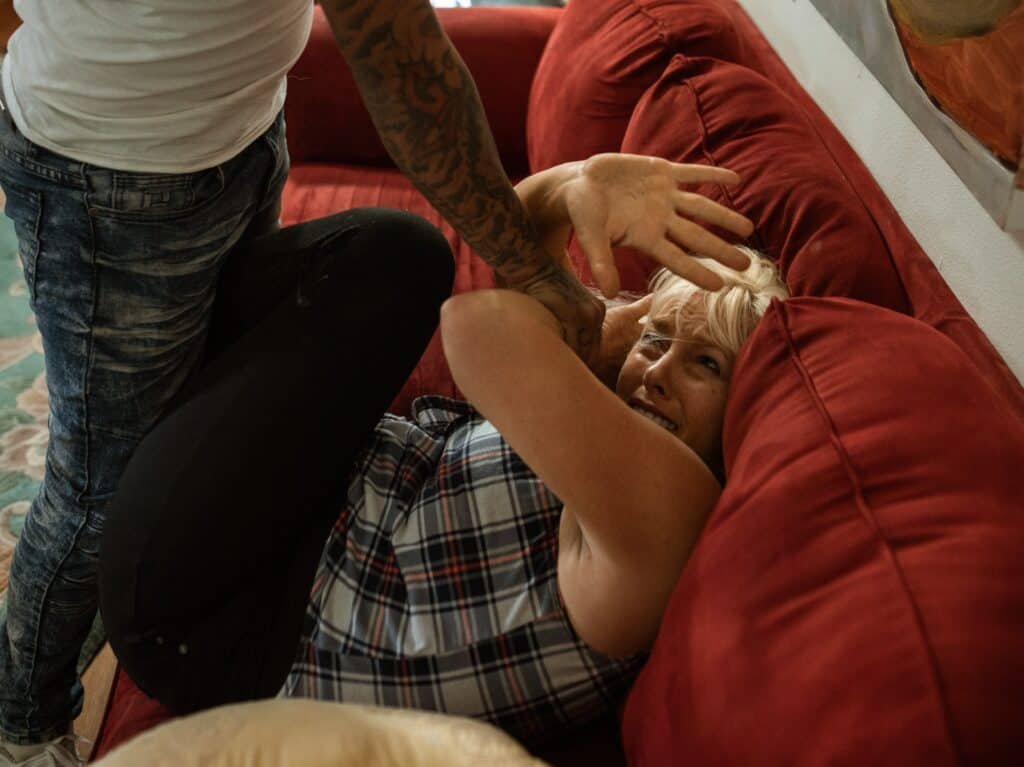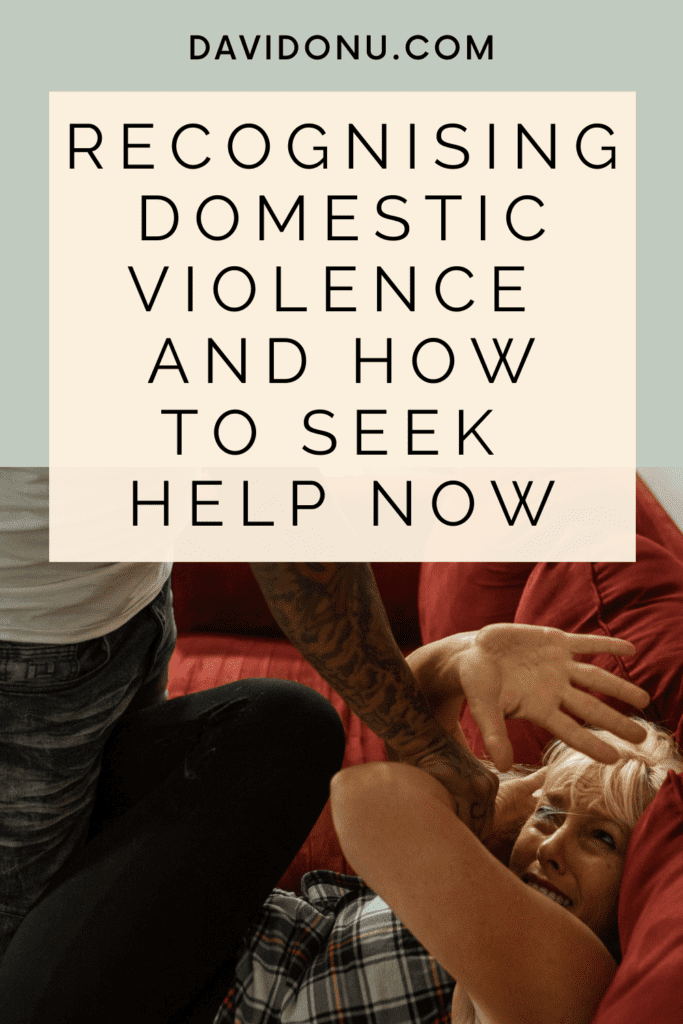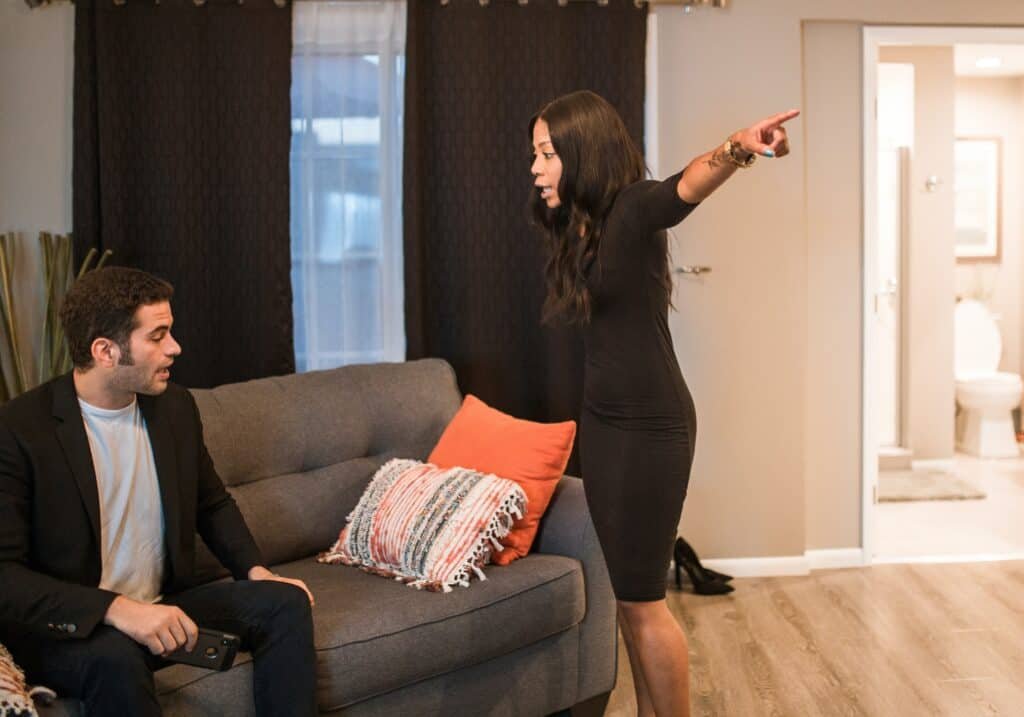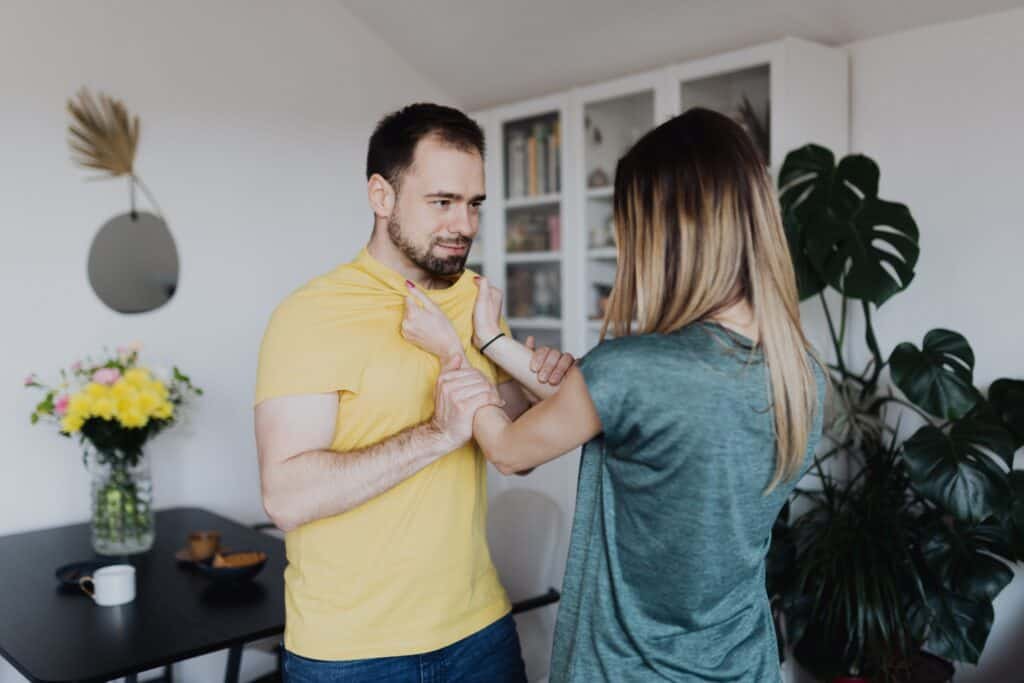Domestic Violence is a global menace that haunts countless homes, causing unimaginable suffering for women of childbearing age and men in same-sex relationships. Children exposed to this darkness bear its scars. Join us on a journey as we uncover the chilling truth, raise awareness, and ignite change. Together, let’s say with unwavering conviction: Domestic violence is never okay. It must be stopped! Are you ready to be part of the solution? Read on and discover how to make a difference, one courageous step at a time.

[interact id=”645b8370277c2700142f42ce” type=”quiz” mobile=”false”]

What is domestic violence?
Domestic violence occurs within a household and can be between two or more members within that residence.
There are other terms used to describe domestic violence. These include domestic abuse, family violence, intimate partner abuse, and intimate partner violence. I will now elaborate on them in more detail.
Global Statistics on domestic violence
Domestic violence affects people of all ages and socioeconomic, religious and cultural groups. But women and children bear the overwhelming global burden. However, men can also experience domestic violence, even in same-sex unions.
Other vulnerable groups affected by domestic violence include pregnant women, those younger than 25, former victims of child abuse, the elderly, people with disability, and LGBTIQ+ people.
- According to UN Women, around 736 million or 30 per cent of women aged 15 and older reported subjection to domestic violence worldwide.
- In 2020, 81,000 women and girls will lose their lives worldwide. Fifty-eight per cent died at the hands of an intimate partner or a family member. That means a woman or girl is killed every 11 minutes in their home around the globe.
- Twenty-six per cent of women aged 15 and older reported ever suffering violence at the hands of their current or former partners.
- Globally, violence against women is common among people from lower to middle-income nations or “least developed” nations. That may represent cultural, religious and legal barriers to reporting violence.
- 2.2 million Australian adults have reported physical or sexual violence from their partners since turning 15.
- In Australia, one woman a week and one man a month die in the hands of their current or former partner.
A woman or girl is killed every 11 minutes in their home somewhere around the globe.
Types of domestic violence
The following are the common types of domestic violence
- Intimate partner violence (IPV): Domestic violence between romantic partners who may or may not reside together in the same home. IPV may involve current or former partners and is the most typical type of domestic violence.
- Domestic violence between a parent and child. Examples include child abuse and elderly abuse.
- Domestic violence between siblings.
- Domestic violence among roommates.
- Domestic animal violence: Any mistreatment or cruelty to a tame animal beyond the necessity for a regular disciple. That includes neglect, inflicting physical pain, suffering or death.
The theories of domestic violence
The cycle of abuse
In her 1970 book “The Battered Woman”, psychologist Lenore Walker described the cycle of abuse or violence. The abuse process relied on anecdotal evidence from interviews with abused heterosexual women.
The abuse cycle involves four stages.
- Building tension: over a while, the abuser creates unhappy existence for the victim. They may manifest any of the love busters in marriage.
- An abuse incident: following an escalating incident, the abuser physically, emotionally or sexually attacks the victim.
- Reconciliation: the abuser regrets their action and asks for forgiveness which the victim grants.
- Calm normalcy returns.
The cycle then repeats itself. As time passes, the interval shortens and the intensity of abuse increases.
The Power and Control Wheel

The Power and Control Wheel was developed in the 1980s by staff members of the Domestic Abuse Intervention Programs. The most common behaviour displayed by people in abusive relationships is shown in the wheel in a diagrammatic format.
- In the centre of the wheel, you have power and control, representing the goals of abusive partners.
- Within the spokes, you’ll find the various tactics used to achieve these goals and keep their victims feeling powerless to take action. Such tactics include intimidation, coercion, blaming and isolation.
- Physical and sexual violence is outside the wheel as the final expression of abuse.
One woman a week and one man a month die in the hands of their current or former partner in Australia.
Forms of domestic violence
1. Physical violence
It may include slapping, hitting, kicking, beating, strangling or using a weapon such as a stick, belt, knife, or gun. As a result, women dread that the next violent episode may be the last.
2. Sexual abuse
Includes forced intercourse, sexual coercion and reproductive coercion. For example, causing a woman to perform sex acts that she does not like or want to do. An example of reproductive coercion is when a man does not allow his partner to use contraception or force her to have an abortion.
3. Financial control
It occurs when the woman does not have access to money and is deprived of necessities such as food, health services, employment, finances, and liberty.
4. Emotional or psychological abuse

It includes sabotaging behaviours such as insults, intimidation, belittling, humiliation, and harassment. Also, there may be threats to the spouse, their children or pets. The abuser may even blame the victim for the violence. Emotional abuse is commoner in partners with physical or intellectual disabilities.
Some of the comments that abusive victims reported include.
‘You’re lucky to have me, no-one else would have you.’
‘You’re a hopeless mother.’
‘If you leave, I’ll kill you.’ ‘If you leave, you’ll never see the kids again.’
‘I married you and brought you to this country. You’d be nothing without me.’
5. Coercive control
It means your partner is taking control over aspects of your everyday life. That includes dictating where you can go, who you can see, or what you can wear. But unfortunately, it ends up isolating you from your friends or family. It may also involve electronic tracking and monitoring of your movements, messages and emails.
Mental health coercion may involve:
- Convincing others that the victim is crazy.
- Controlling the victim’s use of their prescription medications.
- Threatening suicide to manipulate a victim/ survivor.
Migrant and refugee women may be negatively influenced by their partners based on their visa status.
Impacts of COVID Pandemic on domestic violence
Domestic violence has increased during the current COVID Pandemic. There was a 13% rise in reported domestic violence in Australia in 2020 compared to the previous year.
Some reasons include women isolated at home with their abusers for long periods amid economic instability, job layoffs and uncertainty. Also, social networks that usually act as a safety net are destroyed.

Health consequences of domestic violence
- Physical injuries and disability
- Anxiety and depression
- Post-traumatic stress disorder
- Chronic pain
- Alcohol and drug abuse can be both a cause or effect of domestic violence.
- Unplanned pregnancies after sexual violence
- Sexually transmitted infections and HIV from sexual violence
- Death: On average, one woman in Australia is killed by a partner or former partner per week. Globally, a woman dies every 11 minutes.
Barriers to reporting domestic violence
Globally, less than 40 per cent of abused women seek help. Most of those seeking help look to family and friends, and very few (less than 10%) look to the Police and other authorities. Some of the reasons for low reporting of violence and why women may continue with toxic relationships include:
- Fear of reprisals from their abusive partners if they discovered the disclosure.
- They may think that domestic violence is a regular practice.
- Lack of alternative sources of economic support.
- Fear that no one will believe their story of abuse.
- Concerns about the welfare of their children if they divorce.
- Lack of support from friends and families.
- The stigma attached to the disclosure of domestic violence
- False hope that the abusive partner will change in the future.
Steps to take if you are a victim of domestic violence
- Speak up, don’t hide what is happening to you until it is too late.
- Seek the support of your family, friends or religious groups
- You can discuss such intimate matters with your medical practitioner, who will help you assess how safe you feel about returning home.
- Develop a Safety Plan for yourself and your children. Such a plan includes compiling a list of emergency phone numbers, storing your valuables and documents in a safe place outside your home, and having some cash.
- If you are in imminent danger, don’t hesitate to contact your local Police, helplines/ hotlines, and women’s refuges or shelters. In Australia, the Domestic Violence Crisis team is accessible on 1800RESPECT.
- If the welfare of Kids is involved, contact the Child Protection service.
- You can seek help through the International List of Sexual & Domestic Violence Agencies.
Conclusion
Domestic violence is a pattern of behaviours and not merely isolated incidents that have, at its core, the abuse of power and control by one partner over another. It is prevalent worldwide and causes death and injuries to young women.
Intimate partner violence is the most typical form of domestic violence but can also affect men, even those in same-sex relationships. When involved, children tend to bear the brunt.
If you face domestic violence now, please speak up and don’t hide what is happening to you until it becomes too late. Seek the help of your trusted family and friends. Create a safety plan. But if in imminent danger, don’t hesitate to contact your local Police, helplines, or women’s shelters.
Domestic violence is never okay. It has to stop!
How healthy is your current relationship? Are you in an abusive marriage?
I would love to hear your thoughts.
Please comment below, or let’s continue the discussion on Twitter, Facebook, Instagram, or Linkedin.
[interact id=”645b8370277c2700142f42ce” type=”quiz” mobile=”false”]
Suppose you have found any points in this post confronting your marriage, past relationships or mental health. In that case, I urge you to call the Police, relevant hotlines, or your health practitioners.
Thanks for your time.

Sources
Understanding and addressing violence against women: Intimate partner violence. WHO. Available at:
https://apps.who.int/iris/bitstream/handle/10665/77432/WHO_RHR_12.36_eng.pdf
The Royal Australian College of General Practitioners. RACGP Abuse and violence: working with our patients in general practice (the White Book). 5th edn. East Melbourne, Vic: RACGP, 2021.

Absolutely crucial information! Domestic violence affects far too many lives, and it’s high time we all stand up together to end this cycle of abuse. This blog post brilliantly sheds light on the various aspects of domestic violence and offers practical steps for those in need. Let’s all share this post widely to spread awareness and empower those who may be suffering in silence. Together, we can make a difference and ensure that domestic violence is never tolerated. 💪 #EndDomesticViolence #BreakTheSilence
Hello Emmanuel, Thank you for your thoughtful and supportive comment on my blog post about domestic violence. Together, as a community, we can indeed make a difference and ensure that domestic violence is never tolerated. Regards.
Oh wow! I learnt a lot with the few minutes I spent reading this.
Thank you for this great write UP and Hoping that I find time to read more and more of it here. God bless you and may your ink never go dry.
Hello Felix, Thank you for your kind words. I’m delighted to hear that you found great value in the content. Your encouragement means a lot. Take your time to explore other articles, and feel free to share them within your friends and network. Together, we can create awareness and work towards ending domestic violence. Warm regards, David